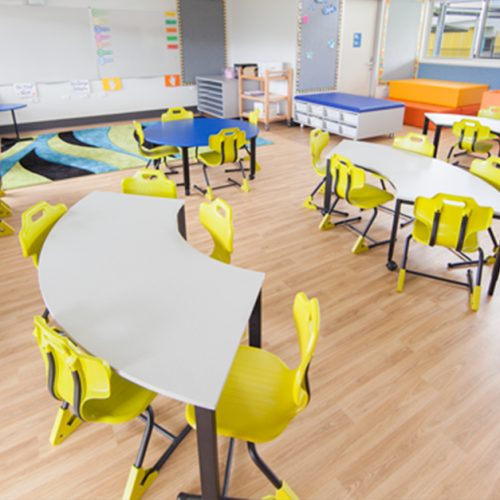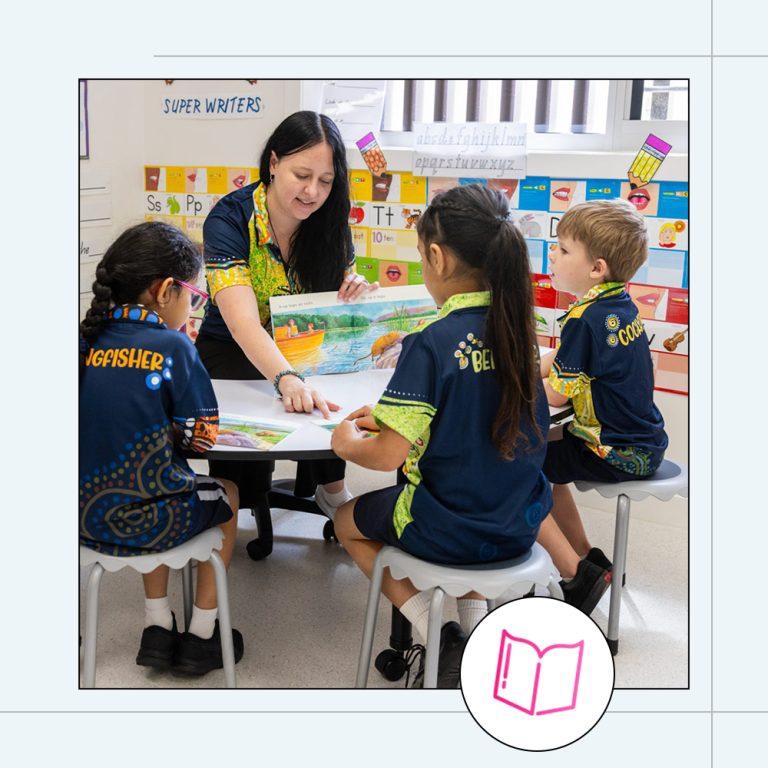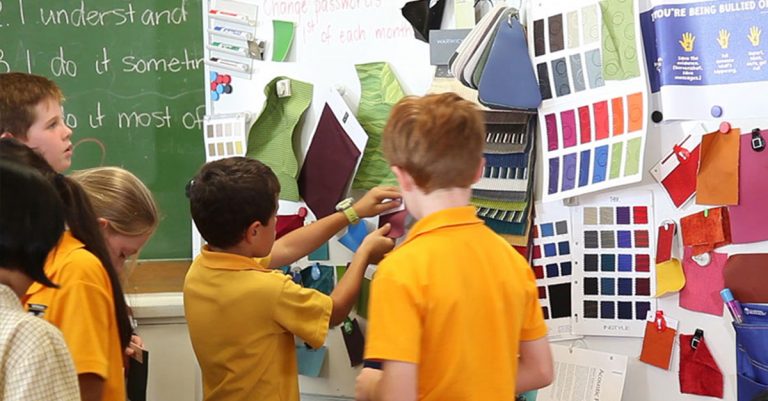Rosemary DeBono, Principal, St Bernard’s Catholic Primary School, Sydney, Australia explains that:
“Learning environments, where there is participation, encourages an enormous amount of risk taking. We need to encourage students to be informed risk takers because it then challenges them in their learning to move beyond just the ordinary to something extraordinary. We’re saying to them, we believe you can do this; we value you. It is that belief that we are all valued that encourages students to contribute to the school community and even broader community.”
Aesthetics and comfort are vital to improving and developing students’ ownership of their learning.
When students are in an environment where they have control over their comfort, then it also gives them control over their learning.
In many ways the learning environment is the ‘third teacher’. It provides the connection between pedagogy and practice.
Students are far more independent and responsible when they feel they have control over their environment, over their decisions and have that sense of trust.
The curriculum gives us the learning outcomes and the learning environment and experience should be enabling for students to achieve these outcomes. They are very much connected and enhance each other.
Valuing Connectedness
It’s very important that learning environments promote collaboration, and interdependence, while at the same time flexibility for the different ways we learn, and where we learn. I call it ‘borderless’ learning.
Students need that sens e of being part of a global community, learning to make connections in diverse ways, and that’s where learning environments are so important.
Teachers, who take shared risk, continually reflect on their pedagogical practice and establish learning environments reflective of this, generate more opportunities for students to achieve.
In a traditional classroom students and teachers can be locked into a set way of doing things.
Often students will use the excuse they are not comfortable to divert attention from their learning.
When they are in an environment where they have control over their comfort, then it also gives them control over their learning.











